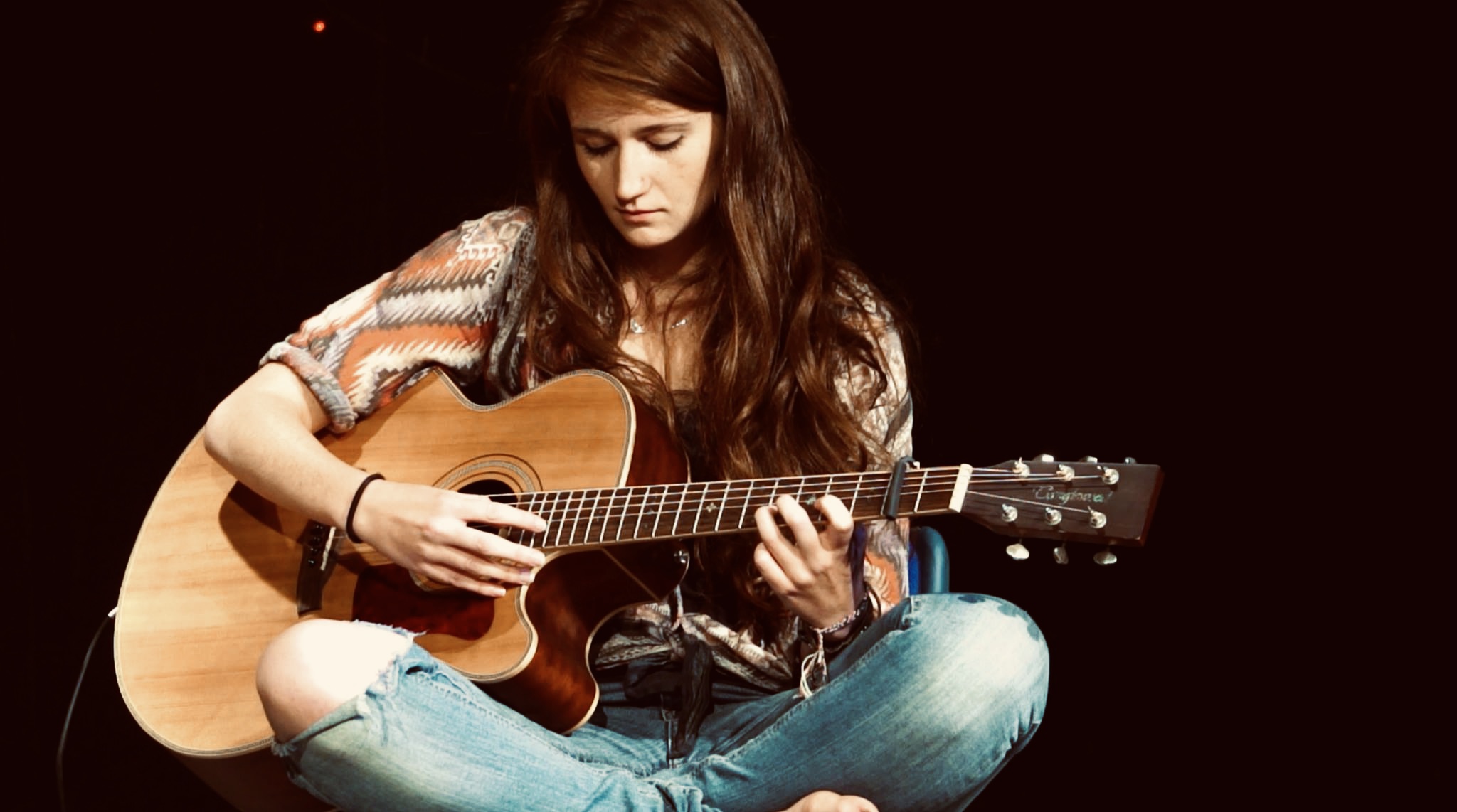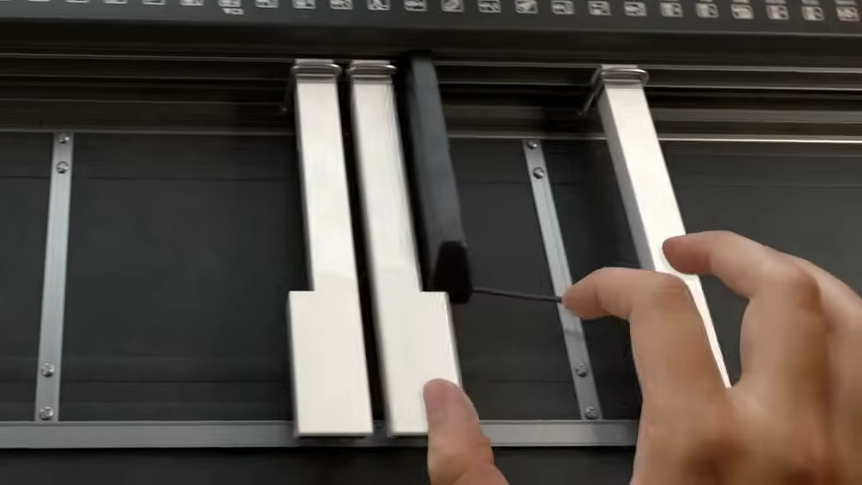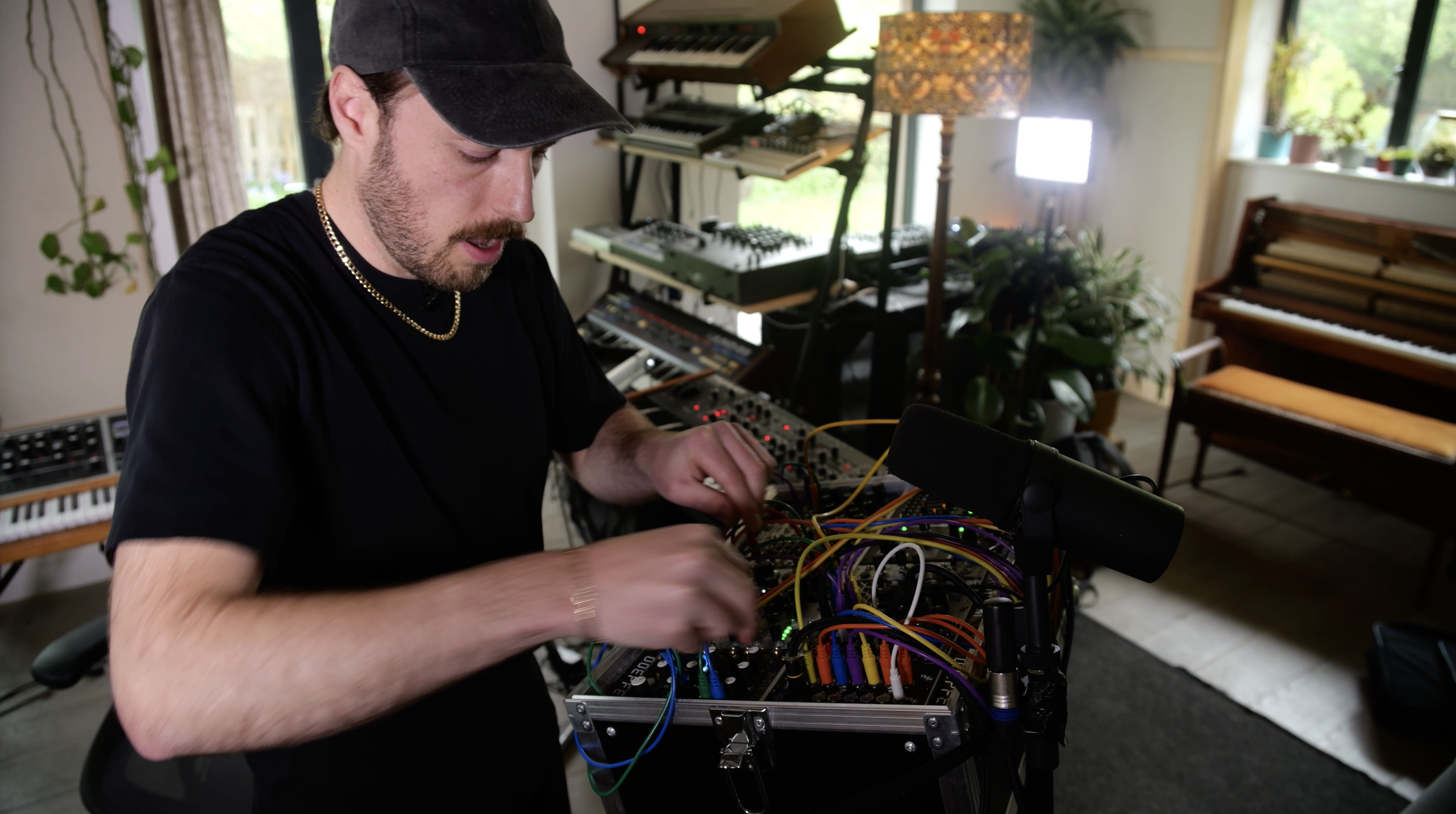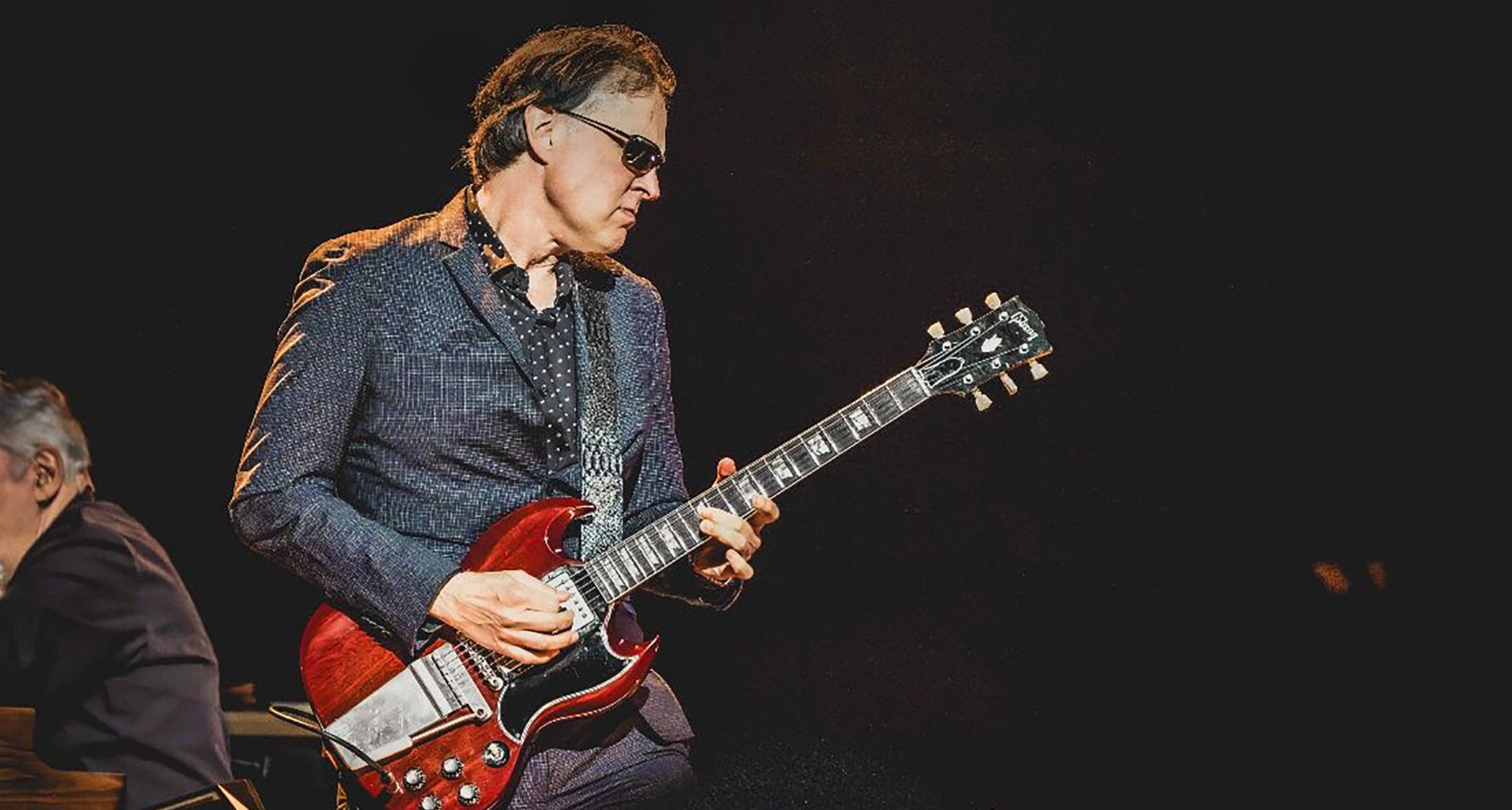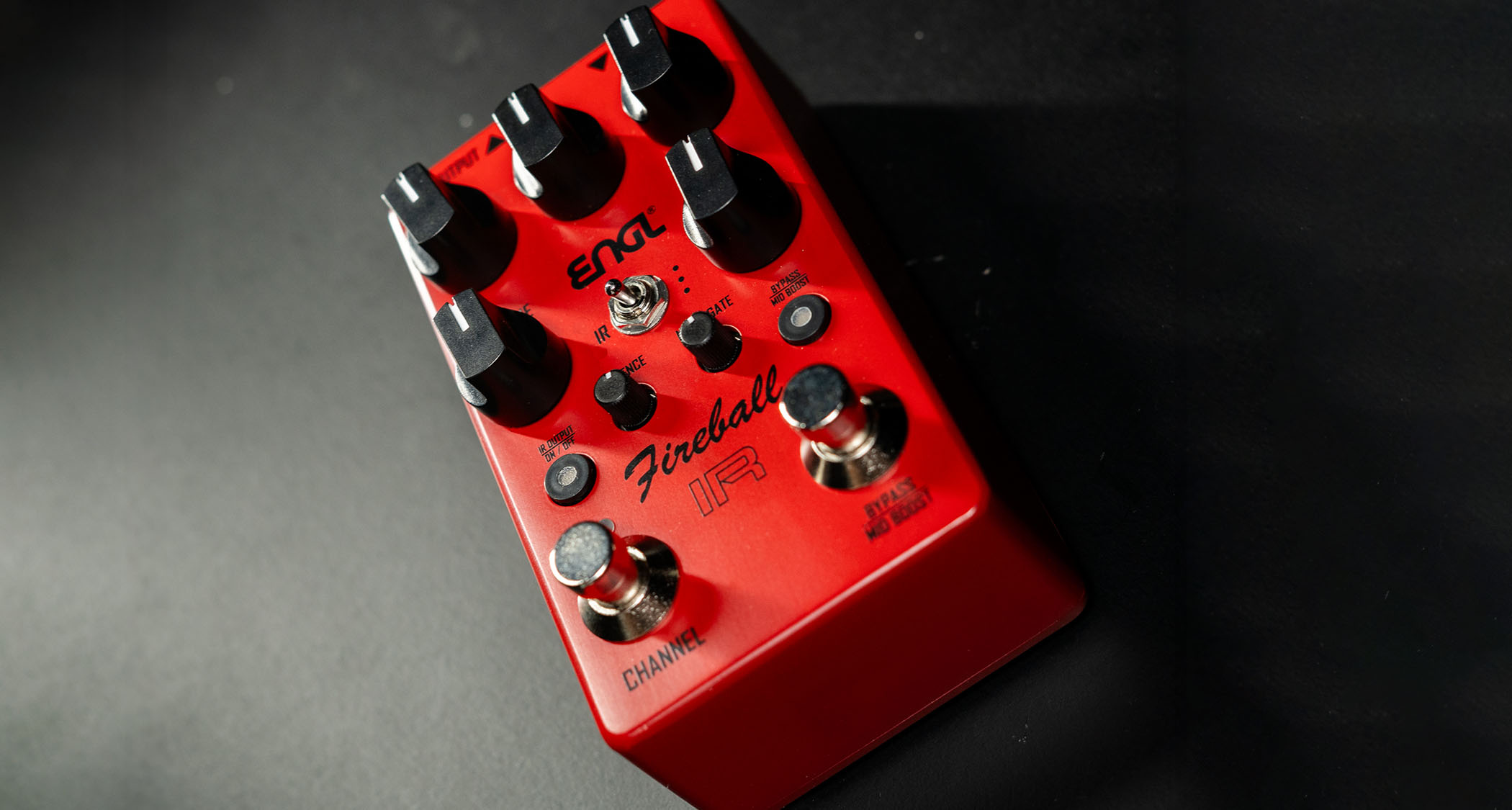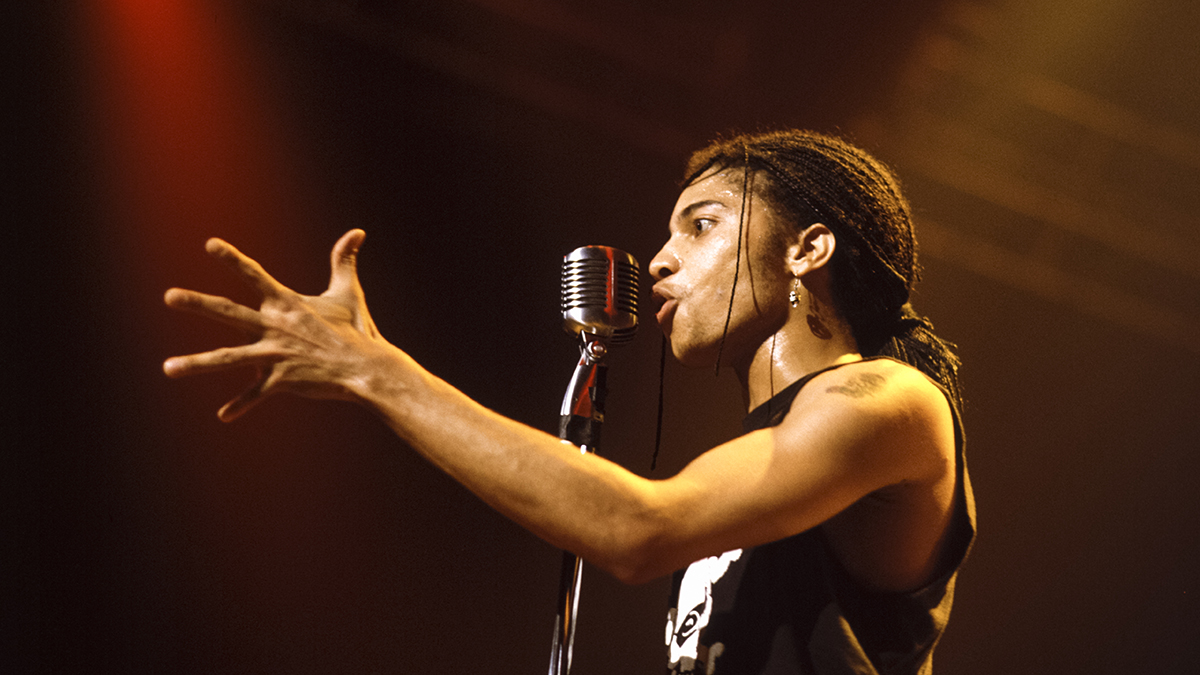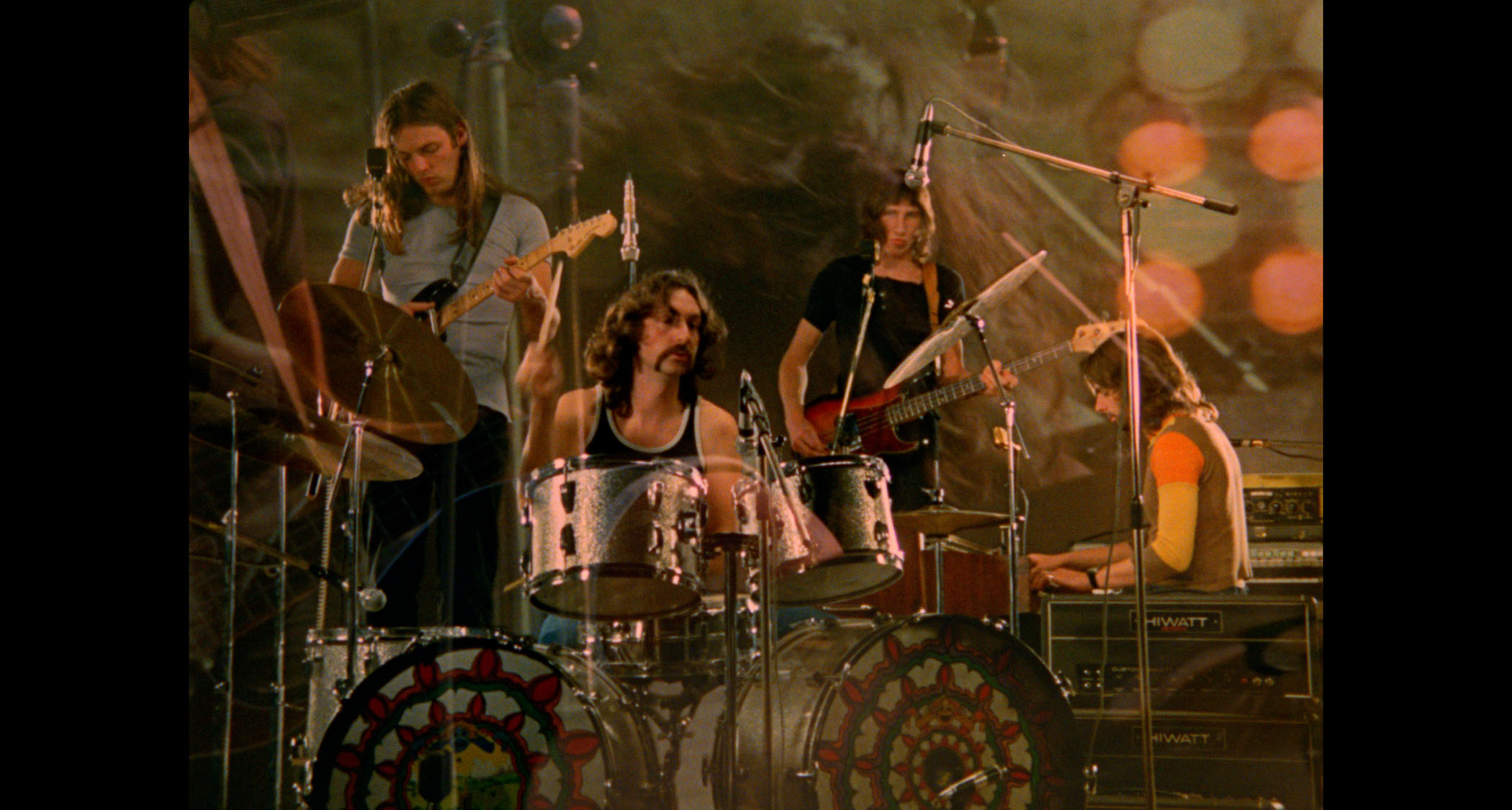Trevor Rabin interview: "When I went to do this album, I just wanted to do everything I love"
The inside guitar perspective of the long-awaited new solo album from the former Yes man
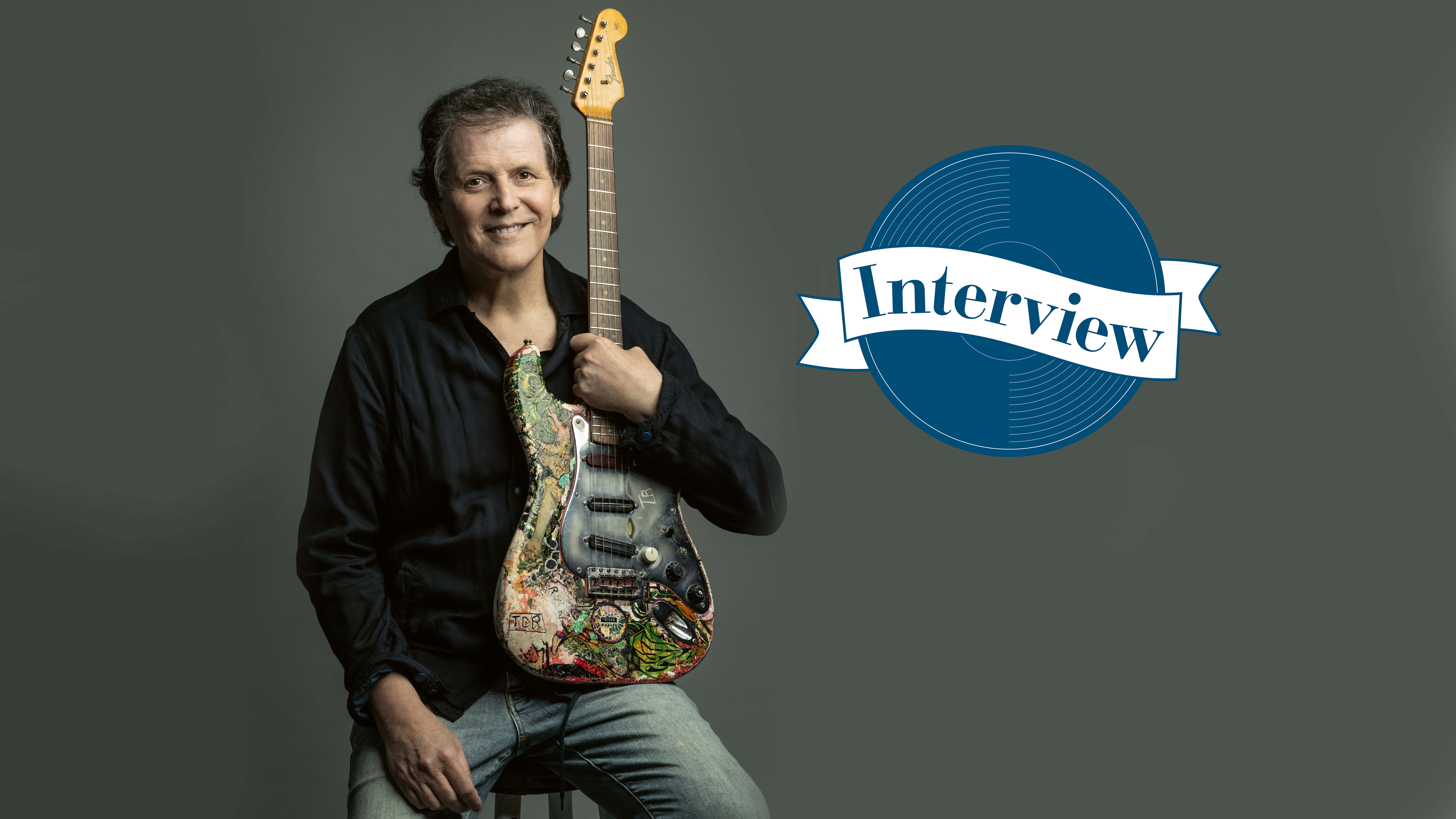
Trevor Rabin might just be one of the hardest working guitarists on the planet – and it’s been that way for approximately five decades.
As a teenager growing up in South Africa, his versatile guitar playing capabilities made him a sought after session ace for everything from country to orchestral gigs. After relocating to Los Angeles, he then almost got hired into prog rock supergroup Asia in 1981, but the role of lead guitarist ultimately went to Steve Howe, only for Rabin to end up replacing Howe in Yes the following year. He helped the band to huge hits with Owner Of A Lonely Heart and the album 90125, before moving on to become one of the most prolific composers of blockbuster movie scores in all of Hollywood.
From ‘90s classics like Con Air and Armageddon through to cult favourites like Snakes On A Plane, Rabin has soundtracked them all - sometimes completing six or seven original scores in a single year.
But, as the saying (almost) goes: Time flies when you’re working your arse off.
Having barely had time to look up from his busy schedule since the late 1980s, Rabin now returns with Rio, his first solo album that includes vocals alongside his high-class guitar work in 34 years.
“The great thing for me was that I’d had such a break from the last album that I felt completely fresh doing this album,” says Rabin, dialling in from his home in California. Sure enough, the album exudes the sheer joy of an artist living their absolute best six-string life as it takes the listener on an exhilarating ride through more genres, techniques and tones than you’d imagine possible in the space of just 10 tracks.
Get the MusicRadar Newsletter
Want all the hottest music and gear news, reviews, deals, features and more, direct to your inbox? Sign up here.
From speedy chicken pickin’ licks, to sweetly spun nylon string excursions and on to jaw dropping feats of saturation-soaked fretboard acrobatics, the master of many styles had just one rule to live by when workshopping Rio: “I just wanted to make an album of stuff I really, really wanted to do.”
Joining us for an expansive interview, Trevor Rabin discusses the gear and techniques at the heart of his new record, shares the story of his trademark Fender Stratocaster and names his favourite next-gen progressive guitar star…
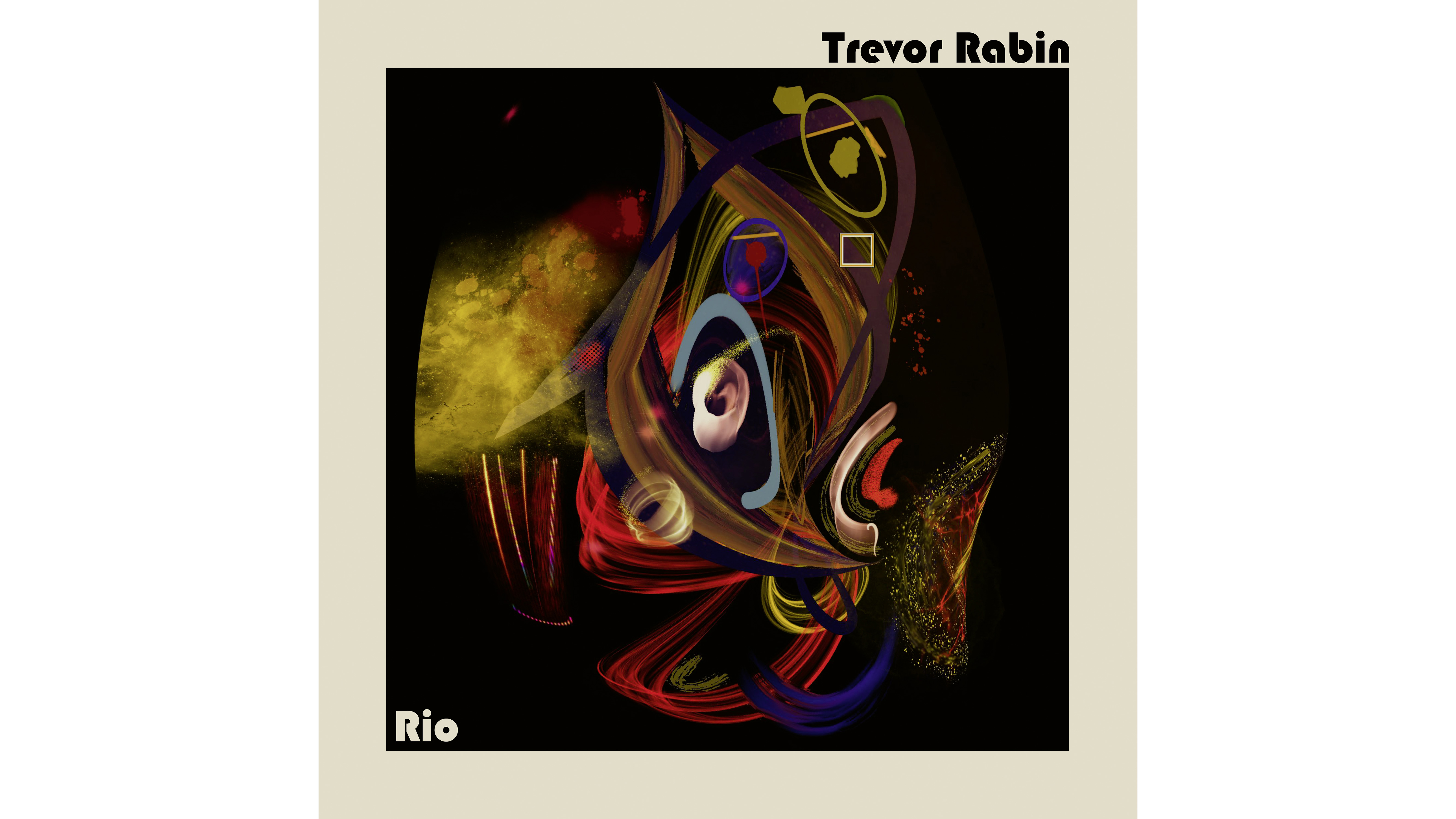
It’s probably fair to say that this has been quite a long-anticipated album. When did you start working on the material for Rio?
"It’s a funny thing. Friends of mine would say, ‘You’re like an alcoholic, but instead of having bottles in drawers that are hidden, you’ve got pieces of manuscript all over the house!’
"Even when I was doing film scores, I’d come up with an idea and I’d just jot it out, and there’d be manuscripts all over the house, but I’d never remember where they all were. When I started the album, I thought, “Oh, there’s some ideas for that and ideas for this.” I'd pursue them and look for them – sometimes never find them – but also, I had ideas on tape on a recordable piano thing that I have. So there were lots of ideas for this album.
"Unfortunately, the last album was over thirty years ago – the last one with vocals anyway – so, I’d been wanting to do this album for that long."
You’ve had your hands full working in film and touring with your former Yes bandmates in the meantime, so the wait is quite forgivable…
"With the film scoring thing, there’d be some years where I’d do six or seven. I’m not doing that many anymore because it’s just ridiculous!
"Ultimately, I started in film – which is a very difficult thing to get into – but I just got very lucky and got into it quite easily. By the second or third film, I was doing a Jerry Bruckheimer film called Con Air and I went on to do 13 of his films. [It feels like] it hasn’t been that long because I’ve been so busy, but I look back and it’s over thirty years, 50 films and hundreds of TV shows or so!
"I went on the road with Rick [Wakeman] and Jon [Anderson] to do six or seven shows after the Hall of Fame thing and that turned out to be 200 shows! The good thing about that was that it got my voice muscles in order and my playing was in good shape, so it was the perfect thing. I had some movie stuff to do after the tour. I finished that and immediately got into the album.
"That’s when I really, really started it. I think it was about 18 months or maybe a little more."
I had been planning on asking if your film score experience ever inspires what you do in your solo work, but it sounds more like it has stood in the way over the years. Is that the case?
As far as things that inspired or kind of pushed over into this record, I think doing so many films had an impact of bringing certain elements of arrangement to the record
"It definitely got in the way of doing an album! It ruined any chance of doing it, but it was a choice I made and I love doing film, so it’s not like it was a burden. It was a good thing. As far as things that inspired or kind of pushed over into this record, I think doing so many films had an impact of bringing certain elements of arrangement to the record."
One of the things that really stands out on Rio, is how unpredictable the arrangements are, and how many twists and turns there are in each song. When you’re developing a piece of music, do any of those twists ever actually take you by surprise, or do you always have a strong idea of the shape a track is going to take right from the start?
"For me, the great thing about the album was that, when I went into it, I had not looked into record companies or anything, I just wanted to make an album of stuff I really, really wanted to do. When I was 17 or 18 years old, my job was morning-til-night session work. I used to do tons of session work and in South Africa, session work wasn’t a specialised thing like it might have been in LA – although the Wrecking Crew could play anything. In South Africa, you might do a big orchestral day, and then the next day, it might be completely country because country is huge in South Africa. I even had a pedal steel for a little while.
"So, when I went to do this album, I just wanted to do everything I love and, obviously, there’s things from my DNA – like the quote/unquote 'rock' stuff – that was going to be there.
"The working title for the album was Demographic Nightmare! It goes all over the place. But once I put my producer cap on, I thought, ‘Actually this is going to be alright as long as I sequence it well.’ Almost like a symphonic piece, where there’s a first, second, third, fourth and fifth movement.
"My voice is my voice and my guitar style – whatever that is – is what it is. Those two elements should tie it all together without a problem. I hope it all just makes it interesting!"
With this array of genres, comes a huge array of guitar techniques. What are some of the ones you enjoy most and are there any techniques left that you feel you’re yet to master?
I don’t think there’s a guitar player that can say they’ve got 99.99% of what they want to know mastered yet!
"I don’t think there’s a guitar player that can say they’ve got 99.99% of what they want to know mastered yet!
"If you take a song like Goodbye, that’s clearly a country chicken pickin’ kind of thing and I used to do that a lot during sessions. I never used it in Yes or even in previous solo stuff and I really wanted to utilise that. I used a B-Bender and that was a lot of fun.
"I was integrating a lot of acoustic guitar, particularly on intros of songs, and just treating the guitar as an orchestral instrument. There might be something in the background - you know, really laid back - but it’s a guitar as opposed to a string pad or something. Then, obviously there are solos and different sounds and a lot of different guitars!"
How many different guitars do you think you used on the record?
"Let me see! The bass is almost exclusively my Alembic, which I just absolutely love. Then there’s, I’d say, maybe eight different guitars."
There’s one I’d particularly like to ask about and that’s your trusty Stratocaster with all the artwork on it. What’s the story of that guitar?
"It’s actually quite amazing! When I was about 12 years old, I was a fan of Hank Marvin of The Shadows. I was playing a Harmony guitar – a semi-solid, like a 335 – and I got a little bored of the feedback that would happen if I turned up a little bit too much. I just thought, ‘I want to get Hank’s guitar.’
"I didn’t have money to do that. But, there was a guy at this store called Bothners in Johannesburg – his name was Denis Joint and he’s no longer with us – but I went to him. He was about 30 years older than me and a really nice guy. I said to him, ‘I really want to get a Strat, but I can’t afford one. Do you have any old ones, or scratched up, beaten up ones?’
"I think I had the equivalent of $85, and – you’ll laugh at this – he said, ‘I have old stock. They’re brand new guitars, but they're old stock.’ This was in 1970-ish and in those days, ‘old stock’ didn’t mean ‘Wow, let me see it!’
"He took me back into the storeroom and pulled a case off another case and then there was this Fender case underneath. He dusted it off – there was all this dust – and opened it up to a brand spanking new Fiesta Red ‘64 Strat. He said, ‘This guitar’s been here for a couple of years and we just haven’t sold it, so I can give you this quite cheap.’ So that’s how I got that guitar!"
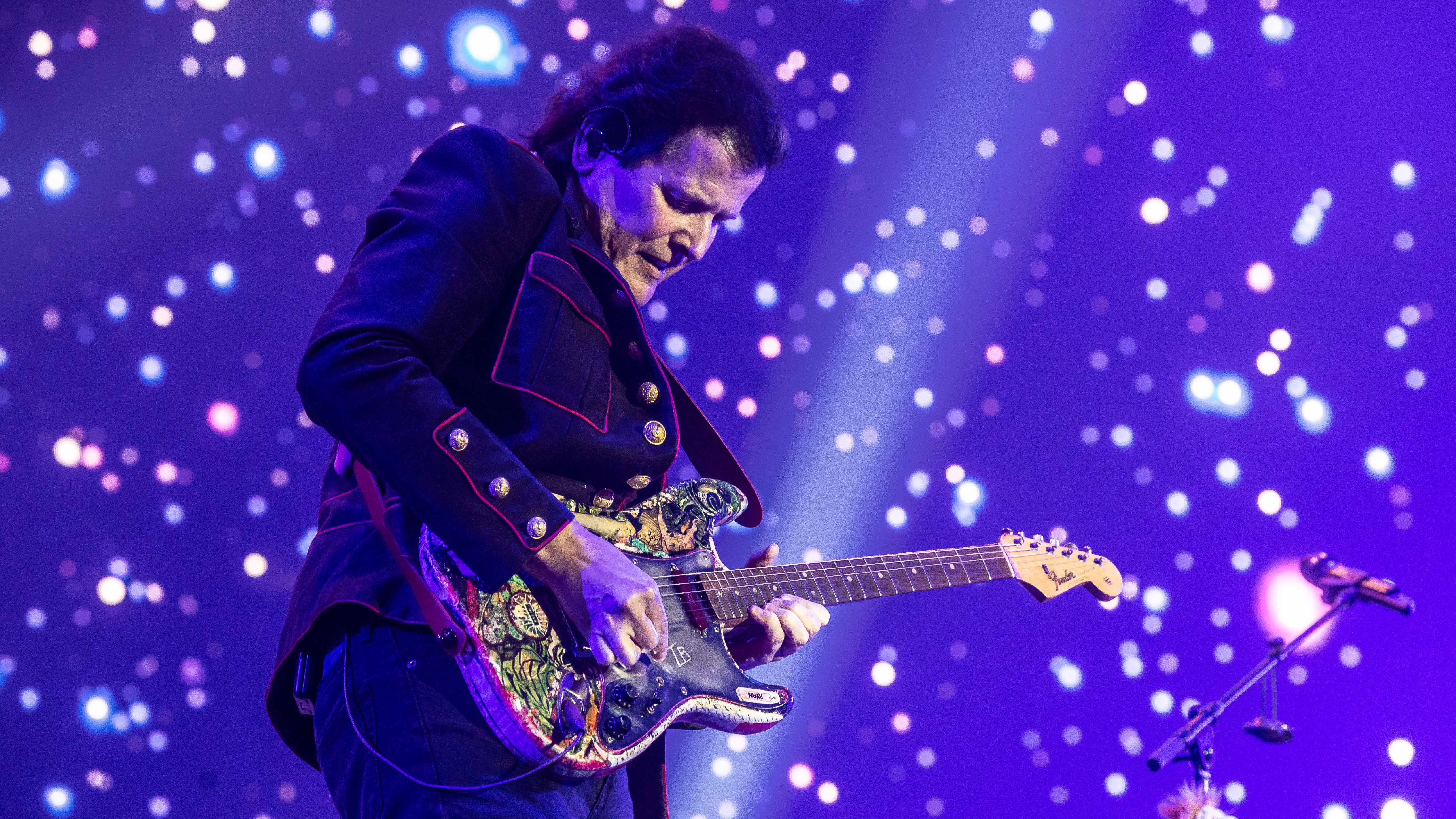
How did it get from ‘brand spanking new Fiesta Red’ to its current look?
"It got a little beat up from playing on gigs and sessions and things and then I had to go to the army. At that time, it was army or jail! Within a couple of months, I auditioned for the entertainment unit, got in and started doing big band arrangements, but the rest of the time, I had a rock band that would play at army gigs. Most of the time, I’d be practicing and that’s where I really got a lot of speed happening.
Constantly doing these gigs, the guitar got pretty beat up, so I just thought I’d paint it
"Constantly doing these gigs, the guitar got pretty beat up, so I just thought I’d paint it. I think it’s just white house paint! I didn’t want it to get nicked too much and I thought I could always take that house paint off. Little did I know that it’s impossible to get off! So, then I started putting [art on it], and there’s a friend of mine who had an airbrush thing and now, there we have it!
"Some years later, with the band I was with – Rabbitt – we were doing a show. We had quite an amazing stage set-up. Almost Kiss-ish. At the end of the show, I threw my guitar to my tech and I threw it a little hard and he went, ‘Screw you, I’m not catching that thing!’ and the neck broke. It literally completely broke off.
"I worked with a Tele neck for about six months until the neck was fixed. I was so worried it wasn’t going to work properly again, but it worked great and it’s been there ever since!"
Has it had other modifications to the electronics as well?
"Yeah, there’s DiMarzios in the bridge and the neck and then there’s a Bill Lawrence in the middle."
It seems like a great candidate for a Custom Shop replica or signature model. Has that topic ever been broached?
"Ha! Tell Fender!"
You mentioned that acoustic and nylon guitars also feature quite heavily on the record. What kinds of makes and models do you like to use in that department?
"I’ve always used an Alvarez gut string. I was endorsing Alvarez and it was a guitar they gave to me, but I think it was just an $800 - $1,000 range. It’s not a particularly expensive guitar, but it’s one I just love. It’s not a huge body.
"For the acoustic – and I always mic up my acoustics, I hate DI-ing acoustics because it never sounds as good as a nice Neumann – I use a Martin. I’ve had it for about 12 years. I just picked one up and I’ve had it for quite a while. That’s pretty much what I used.
"Then, there’s a song called Paradise and for the solo on that song, I used also an Alvarez acoustic but that is DI’d because I also feed it through some effects and stuff to have a little bit of – not a fuzz tone – but some testosterone behind it!"
From go-to amps to favourite pedal combos, what other gear couldn’t you have made this record without?
"On the last tour I did, there were so many different tones that I needed to access immediately, that I used a Fractal [Axe-FX]. I just fell in love with it. You can get really, really close. So, that’s kind of the workhorse with a lot of this stuff.
You’re probably not going to believe this, but a lot of the saturated, big sounds were done with a Korg A3, which is definitely from last century! It seems like it’s 100 years old. It’s a one-rack space, and there’s two or three sounds on that that I use.
I used to use Ampeg VT-120s, but they weren’t working properly anymore. I’ve had so many amps in the house, it looked like a storage room. So, I sold all of those and all I’ve got left is just a handful of Marshalls. I’ve one old Marshall from the ‘70s and that’s all over the album. Those, I just crank.
"Then, I use a TC Electronic Reverb 6000 and then some plugins. I try not to use too many plugins, unless I’m using a harmoniser or something like that. I might spread it with that when I start mixing. Then there’s delay."
So, it’s an interesting mixture of equipment from the Yes years and some much more modern tech…
"Yeah. I record on Digital Performer, utilising Pro Tools, so it’s all non-linear recording. These days, it’s not even a comparison. You had to rewind the tape in those days!"
- Rio is out now via Inside Out Music
Ellie started dabbling with guitars around the age of seven, then started writing about them roughly two decades later. She has a particular fascination with alternate tunings, is forever hunting for the perfect slide for the smaller-handed guitarist, and derives a sadistic pleasure from bothering her drummer mates with a preference for “f**king wonky” time signatures.
As well as freelancing for MusicRadar, Total Guitar and GuitarWorld.com, she’s an events marketing pro and one of the Directors of a community-owned venue in Bath, UK.
"At first the tension was unbelievable. Johnny was really cold, Dee Dee was OK but Joey was a sweetheart": The story of the Ramones' recording of Baby I Love You
"Reggae is more freeform than the blues. But more important, reggae is for everyone": Bob Marley and the Wailers' Catch a Fire, track-by-track
